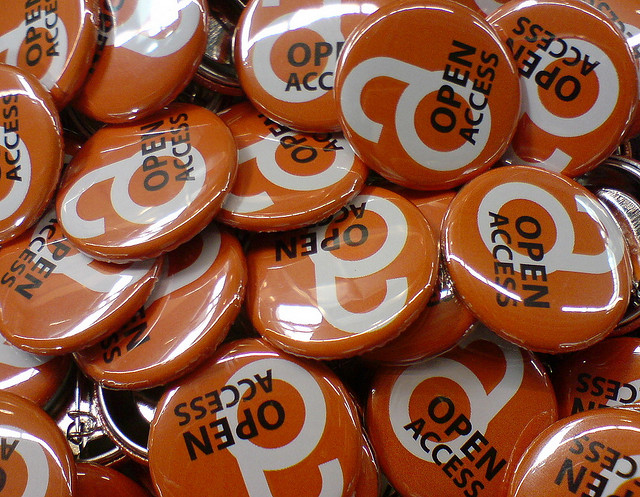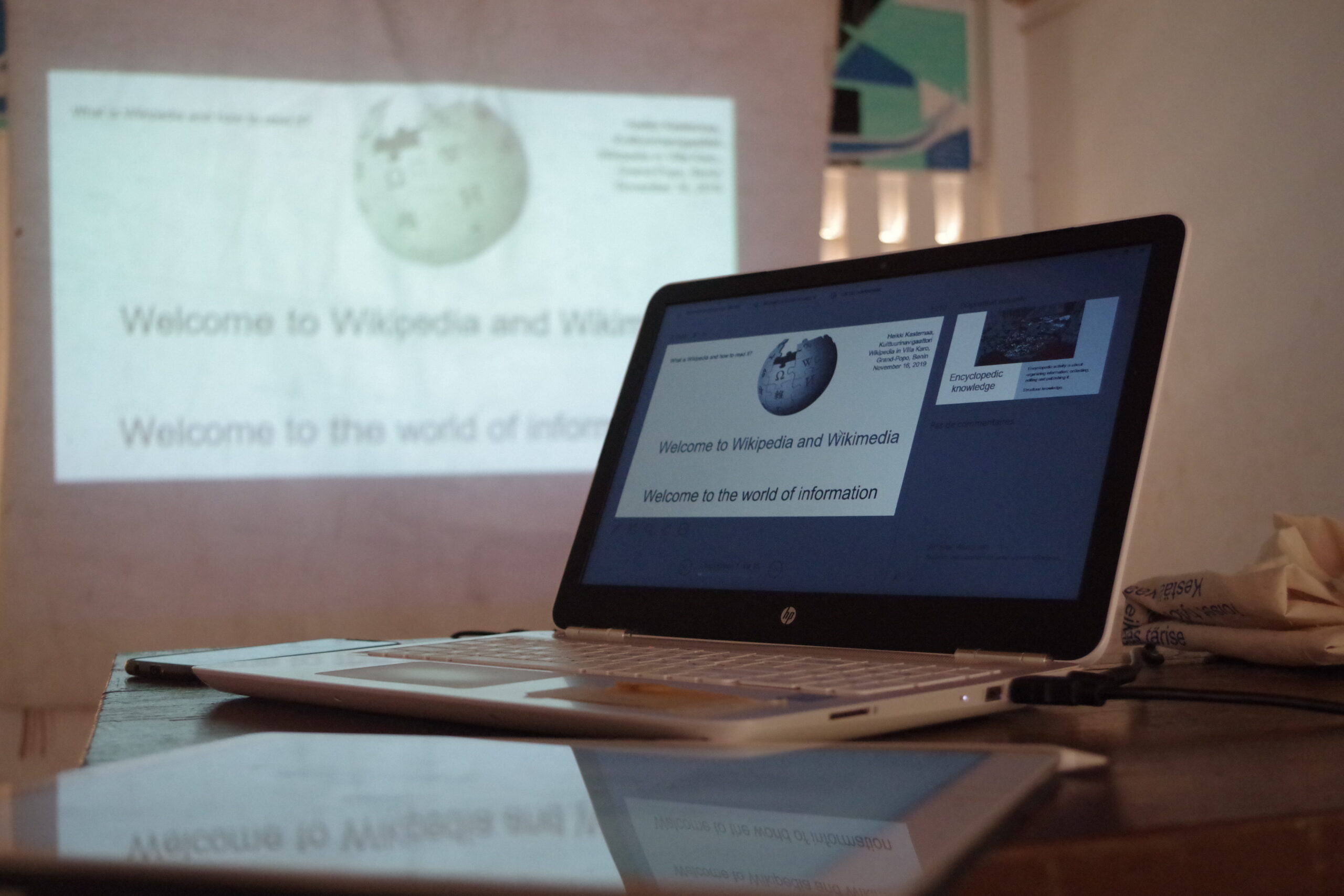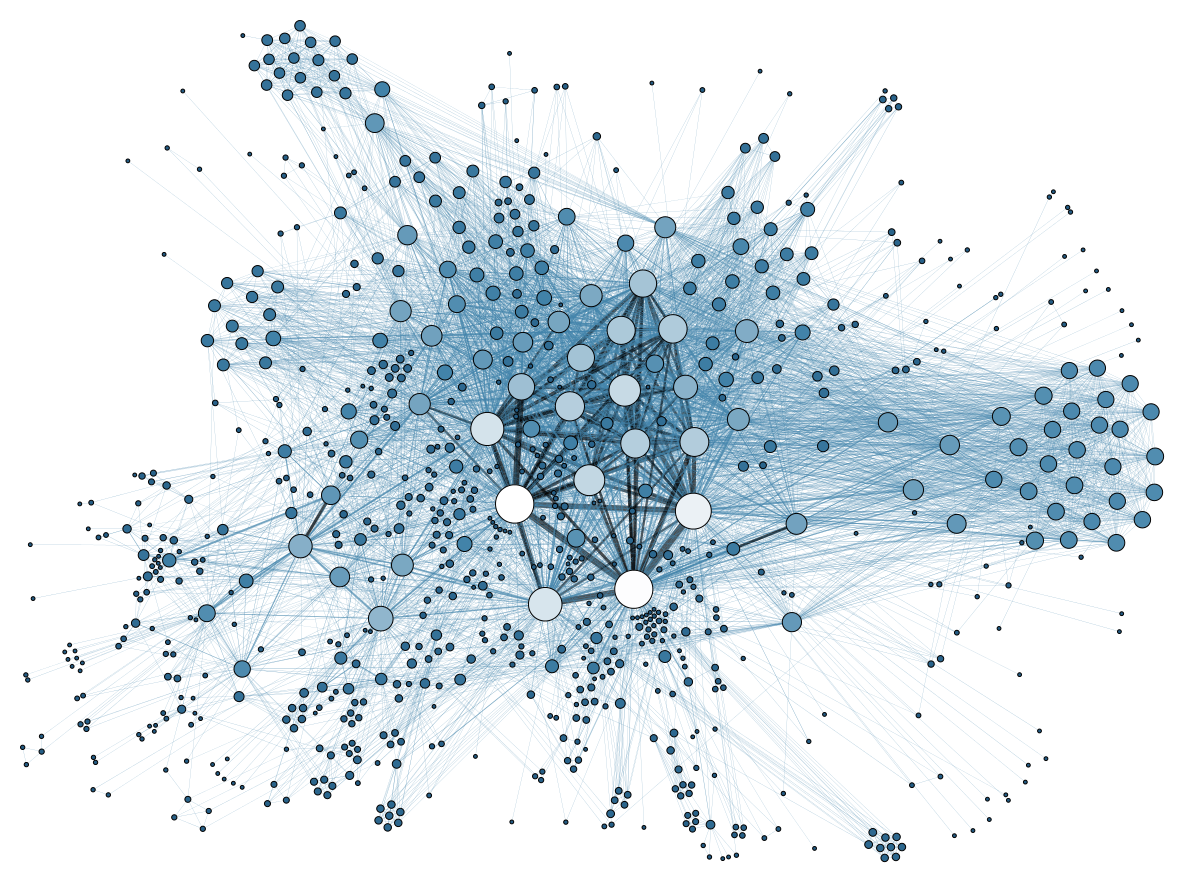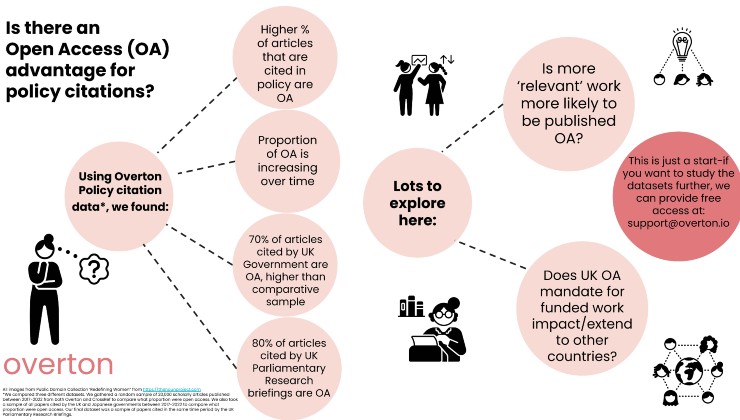Why Open Access Will Boost Publisher Profits
For decades, the cost of subscription journals has been rising faster than inflation. Struggling with this serials crisis, librarians have encouraged the development of open access journals. Under open access, anyone can access research articles, reducing the need for libraries to subscribe to journals. This might benefit libraries, but by opening up research budgets as a revenue source it also promises to boost publisher profits.

The dominant form of immediate open access involves the payment of an article processing charge (APC) to the publisher by the authors or their institutions. In theory, competition between publishers should apply downward pressure on APCs, as academics should at least consider price when selecting a journal.
But this has not prevented APCs rising faster than inflation. In fact, multiple authors have warned of a potential open access sequel to the serials crisis. This raises doubt as to whether there is really price competition in the open access market.
No evidence of price sensitivity
In a recent paper, I examined whether authors actually respond to price in journal selection. I expected that if authors are price sensitive then journals that introduce, or increase, fees should see some loss in article volumes.
Journals typically introduce an APC a few years after they launch, or, when ‘flipping’ from a subscription model to open access. Using eLife and Royal Society Open Science as case studies of new journals that have recently introduced an APC, I saw no evidence that fee introduction resulted in any loss of article volume. Then, I compared journals that flipped to open access and, again, saw no sign that journals that begin charging an APC lose authors.
Major commercial publishers also regularly increase their fees over time. I examined the effect of fee increases over time on the number of articles published by 319 journals from the four biggest APC-funded commercial open access publishers. Instead of higher APCs predicting lower article volumes, my statistical analysis indicated that higher APCs predicted higher article volumes.
Why price isn’t a deterrent
When choosing a journal, the most important factor is the journal’s ‘prestige’ value. This might be related to its impact factor, its editorial board, or if it is backed by a respected society or institution. These factors are commonly believed to be important for hiring, promotions and funding applications.

The importance of journal prestige for career advancement gives researchers a strong incentive to publish in the highest ‘quality’ journals that they can. And since higher quality open access journals are associated with higher APCs, it actually encourages authors to spend more on publishing.
Considering that publishing currently takes up a relatively small component of an overall (funded) research project it makes sense that APCs do not deter authors. A scientific paper takes months or even years of researcher time plus consumables and equipment. When authors have already spent tens or hundreds of thousands on a project, it doesn’t add that much to the overall cost to pay a $3,000 APC rather than a $2,000 APC. For authors lucky enough to have access to institutional or funder accounts for APCs, it is not even a cost they have to even consider. And if it means that the paper will appear in a more prestigious journal, it’s worth it to get that competitive edge in the next job or funding application.
Publishers go for gold
Open access now gives publishers huge opportunities to grow their revenue base. Having pushed multiple library consortia to cancel subscription deals, library budgets are exhausted and providing little revenue growth. As noted by Jisc, this has given them an incentive to seek additional revenue through APCs. Publishers know they have only 1% of research budgets giving them plenty of room to grow. With a portfolio of established, respected journals they are well-placed to expand their share of research funding by increasing the number and size of APCs they collect.
Centralising power with major publishers further enhances their price-setting power. Open access deals and mandates have a tendency to concentrate power in the hands of established major publishers because they are able to provide funders and libraries with the publishing capacity to meet authors’ needs. This may make negotiations easier, but it entrenches the position of existing publishers and enables rent-seeking behavior as they publish an ever-greater share of the literature.
In this context, it is hard to imagine any downward pressure on APCs. Low-fee journals are associated with predatory behavior, making authors increasingly wary of unfamiliar publishers and journals. In a market where higher fees help to indicate prestige and legitimacy, the profit-motive of commercial publishers and careerism of authors is perversely aligned.
For public knowledge, use public infrastructure
Open access is not developing for the best interests of researchers or the public that they serve. Instead, it has made the most progress in service of commercial interests, as publishers have recognized that they have enormous potential to extract ever-increasing rents from research budgets. There are a multitude of public non-profit scholarly communication options such as library and funder publishing or free open source publishing tools. Unless funders and institutions wish to infuse publisher profits with a growing share of research funding, they should be supporting public infrastructure and, most importantly, rewarding the researchers who use it.






























































































